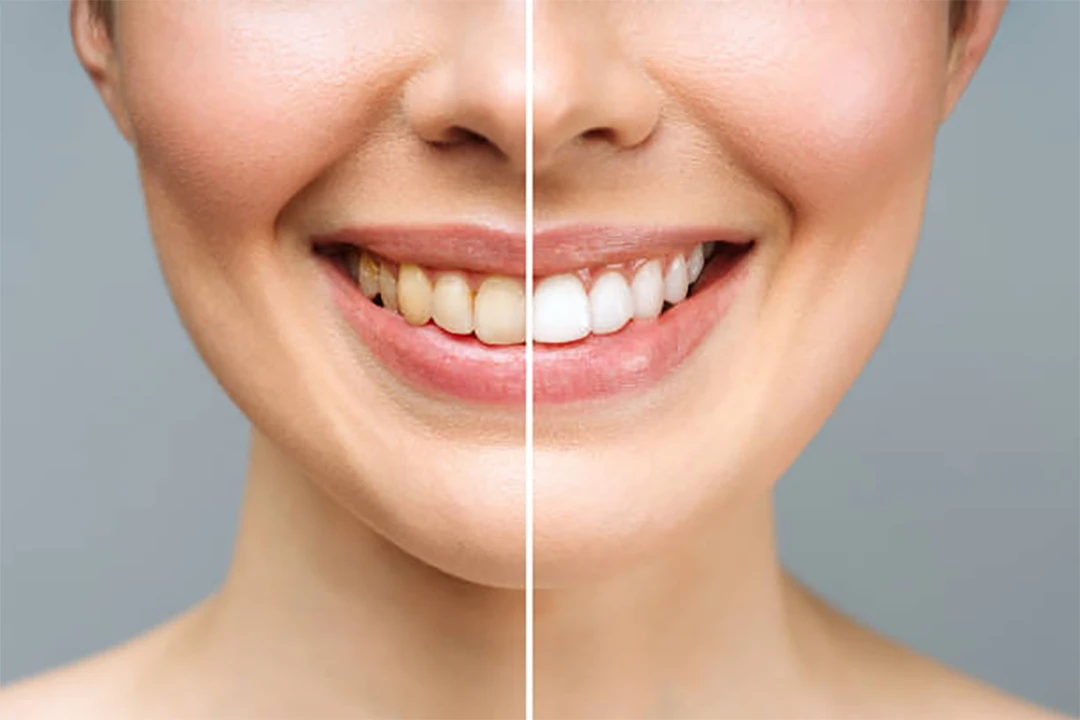
Teeth whitening has become increasingly popular in the dental industry as patients seek brighter smiles. This demand makes teeth whitening a key part of dental care today. Effective whitening not only improves appearance but also boosts patient satisfaction. Patients look for treatments that are safe, effective, and affordable, so it’s important for dental professionals to stay updated on the best practices and technologies in teeth whitening.
In this discussion, we’ll focus on understanding patient needs and how dentists can address concerns with personalized treatment plans. We’ll explore the latest advancements in teeth whitening, compare at-home teeth whitening wholesale kits, and highlight important post-treatment care tips to maintain results.
Patient Needs and Concerns
Patients looking for teeth whitening treatments often worry about safety, effectiveness, and cost. Dental professionals need to understand these concerns to provide the best service. Patients want to know the treatment is safe and won’t damage their teeth or gums. They also expect noticeable, lasting results.
Cost is another major factor, as affordability often influences their choice. By fully understanding these concerns, dentists can give personalized advice, ease worries, and create a better experience. Addressing these factors helps meet patient expectations and improve satisfaction with teeth whitening services.
Consultations and Personalized Plans
Effective teeth whitening begins with a thorough consultation where dental professionals learn about each patient’s specific needs and preferences. This first step is vital because it allows for a personalized approach to address individual concerns and goals. During the consultation, the dentist evaluates oral health, discusses the desired results, and explains the available treatment options. This ensures that the chosen whitening plan is both safe and effective for the patient.
These customized plans aim to optimize results by considering factors like tooth sensitivity, the level of discoloration, and lifestyle habits. Careful planning not only improves the whitening process but also boosts the patient’s confidence and satisfaction. By focusing on individual care, dental professionals can achieve more consistent and pleasing results.
Advancements in Professional Teeth Whitening Methods
Recent improvements in professional teeth whitening have introduced new techniques and technologies, giving dentists more options to improve patient results. One key method is in-office bleaching, which uses strong peroxide gels activated by light sources like LED and laser technology for quick results. This method is often preferred because it’s effective and takes less time.
Another important development is custom-fitted whitening trays with lower-strength bleaching agents, allowing for controlled application and less tooth sensitivity. Newer whitening agents also include desensitizers like potassium nitrate and fluoride to reduce discomfort during and after treatment. These advancements provide more reliable and lasting results while focusing on patient comfort and safety.
At-Home Whitening Products: Benefits and Limitations
At-home whitening products are a convenient option compared to professional treatments, but they have their pros and cons. On the plus side, these kits are easier to access and usually cheaper than in-office procedures, making them appealing to many people. They let patients whiten their teeth at home, whenever it suits them. They can also help maintain results after professional treatments for a longer time.
However, there are some downsides. These products usually have lower levels of bleaching agents, which may not be as effective for serious discoloration. Poor application can lead to uneven results and increased tooth sensitivity. Without professional oversight, there’s a greater chance of misuse, which can harm teeth and gums. It’s important for dental professionals to guide patients in choosing and using these products to ensure safe and effective results. By knowing the benefits and drawbacks of at-home kits, patients can make informed choices about teeth whitening.
Maintaining Results: Post-Treatment Care and Recommendations
After teeth whitening, it’s important for patients to follow simple care tips to maintain their results. Small lifestyle changes, like reducing coffee, tea, and red wine, can make a big difference, as these drinks can quickly cause stains. Using a straw with these beverages can limit their contact with teeth, reducing the risk of discoloration. Dentists often recommend brushing with a whitening toothpaste and using a mouthwash specially formulated to prevent new stains.
Regular dental check-ups are a must for professional cleanings and to monitor the whitening results over time. For extra maintenance, patients may be given at-home whitening touch-up kits. These kits can help maintain the bright smile achieved during professional treatments.
Teeth whitening has become an important aspect of dental care, addressing patients’ desires for a brighter, more confident smile. By understanding patient concerns, dentists can create personalized treatment plans that enhance both safety and effectiveness. Advancements in professional whitening methods, such as in-office bleaching and custom-fitted trays, offer reliable and comfortable solutions, while at-home products provide a convenient alternative. However, guiding patients on proper usage is essential for optimal results. Post-treatment care, including lifestyle adjustments and regular maintenance, plays a key role in preserving the brightness of teeth, ensuring lasting satisfaction and improved oral aesthetics.

